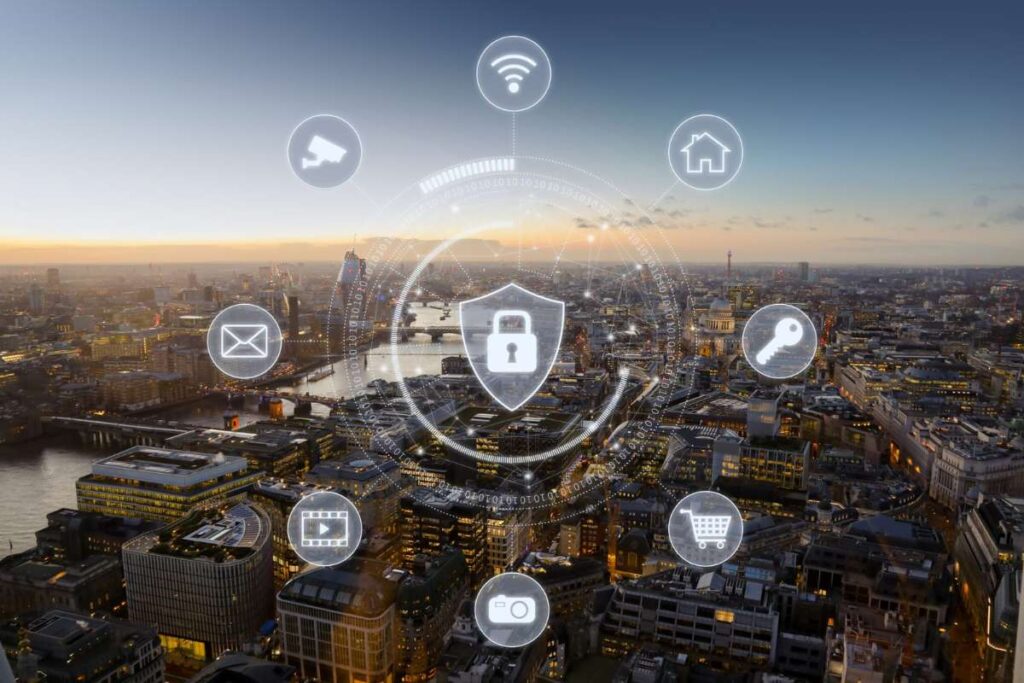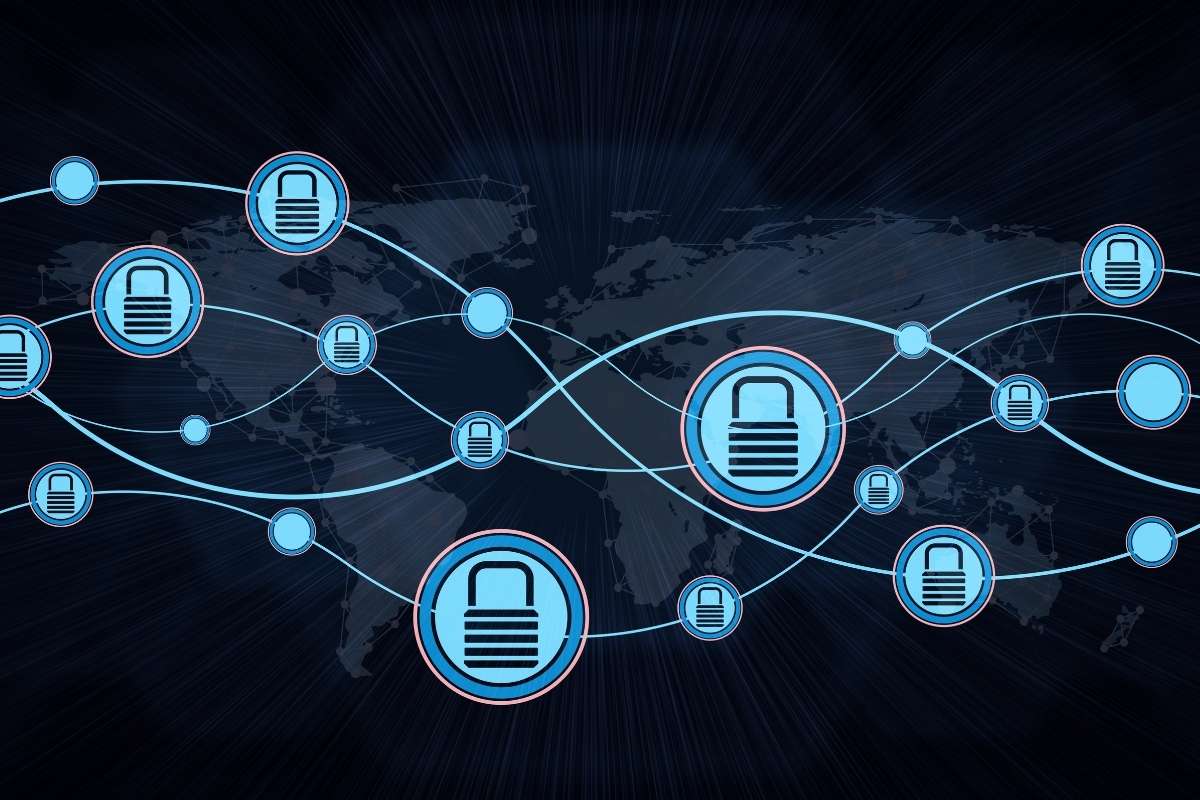The global cybersecurity mesh market is expected to witness significant expansion in the coming years, with its valuation estimated at $1.89 billion in 2024 and projected to soar to $15.7 billion by 2032. This growth represents a robust compound annual growth rate (CAGR) of 26.5% during the forecast period from 2025 to 2032. A recently published market research report, “Global Cybersecurity Mesh Market Report 2025 – Future Opportunities, Latest Trends, In-Depth Analysis, and Forecast to 2032,” provides a strategic assessment of the cybersecurity mesh industry, offering detailed insights into market trends, segmentation, and competitive landscape.
The report analyzes various market segments based on type, application, and geographical distribution while profiling key players in the industry. Leading cybersecurity solution providers, including E-Spin, Exium, Gartner, Oracle, Smartz Solutions, and Stefanini IT Solutions, are actively developing new strategies to enhance their market presence. Industry participants are focusing on strategic partnerships, mergers and acquisitions, geographical expansion, and innovative product launches to strengthen their competitive edge
Key Market Drivers and Emerging Trends
The rapid adoption of remote work and cloud-based infrastructures has intensified the need for a decentralized and flexible cybersecurity framework, fueling the demand for cybersecurity mesh solutions. This approach offers enhanced security for multiple endpoints and distributed networks, making it an essential component in modern enterprise architectures. Additionally, the implementation of zero-trust security models, which ensure continuous authentication and authorization for every access request, is further boosting the market.
Another major driver is the increasing frequency and sophistication of cyber threats, including ransomware and phishing attacks. Organizations are actively adopting adaptive security measures to counter evolving cyber risks effectively. The rise of artificial intelligence (AI) and machine learning (ML) in cybersecurity mesh frameworks is also a transformative trend. These technologies help in real-time threat detection, improving response times and reducing vulnerabilities across networks. Furthermore, cybersecurity mesh is gaining traction in DevSecOps (development, security, and operations), integrating security early in the software development lifecycle.
Despite the promising outlook, certain challenges hinder market expansion. The complexity of transitioning to a cybersecurity mesh architecture, particularly for organizations reliant on legacy systems, presents a significant hurdle. Additionally, managing a highly distributed security infrastructure demands substantial computing power and resources. The lack of standardized frameworks can also lead to inconsistencies in implementation across enterprises
Opportunities, Challenges, and Industry Outlook of Cybersecurity Mesh Market
The growing need for scalable security solutions in global enterprises presents lucrative opportunities for cybersecurity mesh adoption. Companies operating across diverse IT environments—including cloud, on-premise, and edge computing—can leverage cybersecurity mesh to enhance security without compromising operational flexibility. Additionally, AI-powered threat detection capabilities are expected to offer superior protection against advanced cyber threats, ensuring faster incident response.
However, integrating cybersecurity tools from different vendors into a cohesive mesh framework remains a challenge. Organizations must also navigate complex regulatory and data privacy concerns when deploying decentralized security architectures, particularly in industries with strict compliance requirements.
MarketDigits Consulting & Advisory Pvt Ltd, a leading research and consulting firm, emphasizes the importance of cybersecurity mesh in the evolving digital landscape. The report highlights how industry players are innovating to address market challenges and seize new growth opportunities. By leveraging advanced security frameworks, enterprises can safeguard their digital assets, mitigate cyber risks, and drive sustainable business growth in an increasingly interconnected world.






